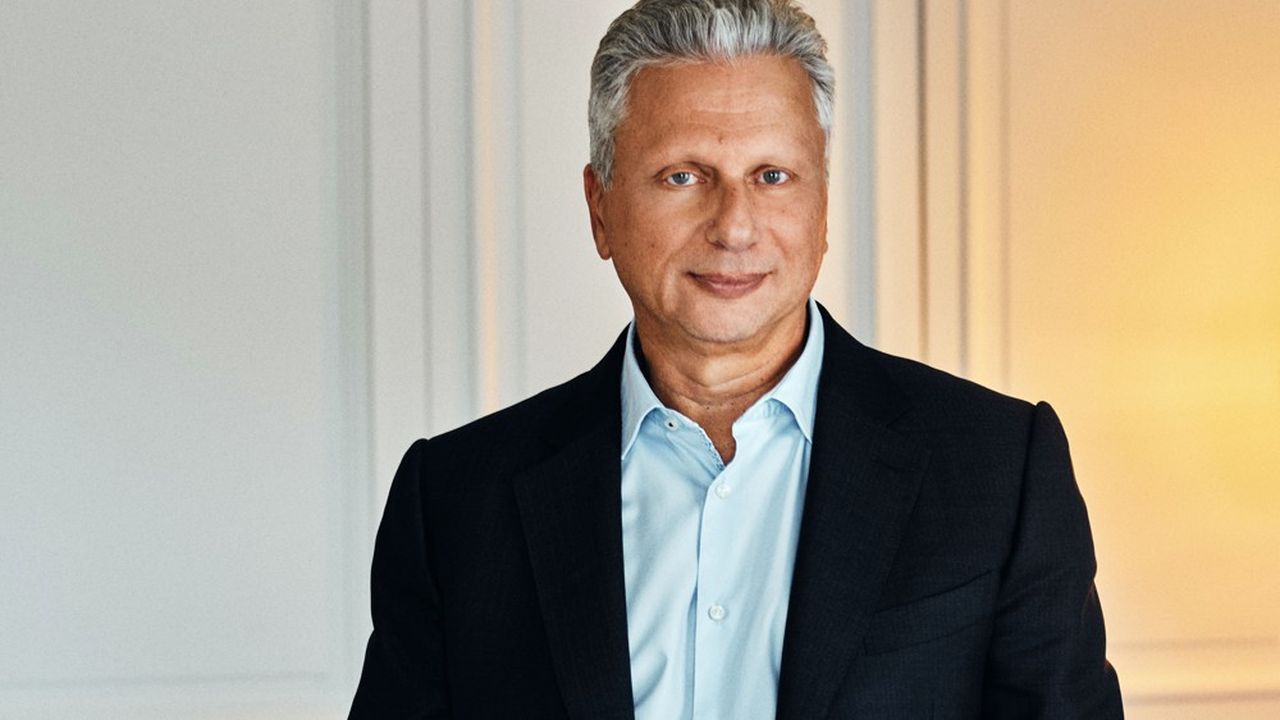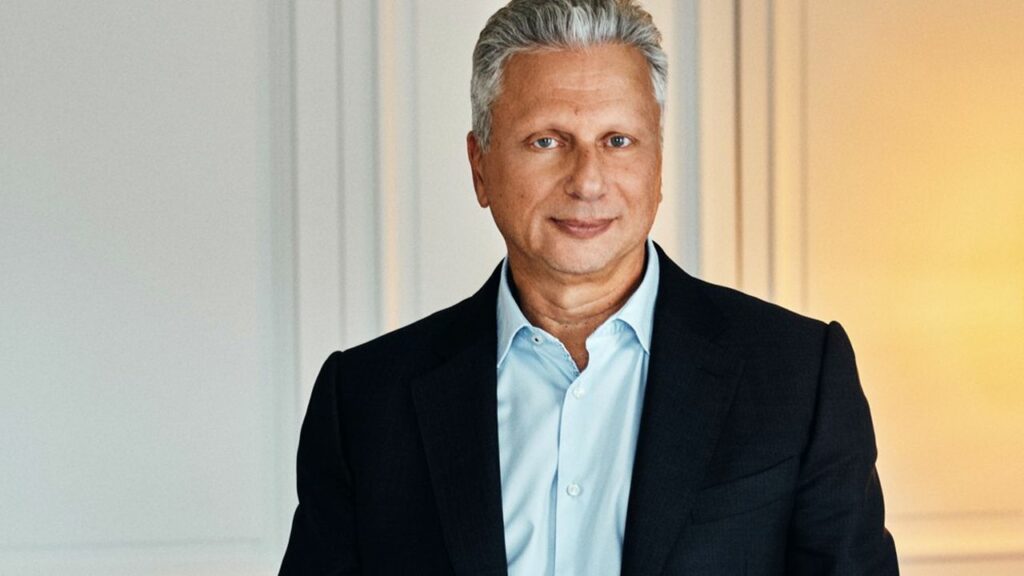Thursday saw the release of Q1 2023 results for Capgemini, with growth of over 10 percent during the quarter. The regions of EMEA, France and UK&I showed most growth in the period, with North America reporting the least increase.
Revenues totaled €5,729m for Capgemini in Q1, up 10.9 percent year-on-year at current exchange rates and 10.7 percent at constant exchange rates. In comparison to the same period last year, the results showed a drop of 38 percent.
Bookings meanwhile totaled €5,867m, up 6.5 percent at constant exchange rates.
The highest growth for the quarter was in UK&I at 13.9 percent, with the rest of Europe at 13.8 percent. France saw growth of 12.4 percent, followed by APAC and LATAM at 8.4 percent. North American reported an increase of 6.1 percent.
Capgemini’s biggest UK win in the quarter was April’s announcement that the Cabinet Office handed the firm a contract worth £13.5m as one part of an ambitious digital transformation project for UK government. Capgemini will be moving the Whitehall department from Google Workspace to Microsoft 365, a contract which the company recently declined to comment on following request from this publication.
Exclusively speaking with ERP Today, a government spokesperson commented: “The Cabinet Office is embarking on a broad business transformation programme which will modernize our IT systems, improve interoperability and deliver value for money. The new system will reduce our reliance on legacy technology, enable more effective collaboration and improve productivity at the heart of government.”
Capgemini Q1: capping off UK wins and beyond
According to information from Bidstats, Q1 saw Capgemini win tenders for UK government branches such as the Crown Commercial Service, the Home Office, the Ministry of Defence (MOD), the Department of Environment Food & Rural Affairs, the Department for Work & Pensions and the DVSA Driver & Vehicle Standards Agency.
Momentum in the rest of Europe (31 percent of Capgemini Group revenues) was driven by double-digit growth in the sectors of manufacturing, the public sector and financial services (FS), as well as TMT (Telecoms, Media and Technology) and energy & utilities.
Activity in France (20 percent of Group revenues) was boosted by strong momentum in the manufacturing, FS, consumer goods and public sectors.
The North America region (29 percent of Group revenues) saw good progress in manufacturing and services sectors, while the FS and CG sectors trailed, with growth rates lagging behind other regions. The TMT sector experienced a slight contraction in the region.
Revenues in the Asia-Pacific and Latin America region (8 percent of Group revenues) were described as boosted by robust and “essentially organic” momentum primarily in the FS, manufacturing and consumer goods sectors.
Aiman Ezzat, CEO of the Capgemini Group, said on the Q1 results: “Capgemini has delivered a very good start to the year, above expectations, in an economic environment that remains tense with some clients adopting a ‘wait-and-see’ attitude. The trends observed in our markets are in line with the scenario anticipated for 2023. Our performance demonstrates the agility and resilience of our model, and the relevance of our strategy. We continue to reinforce our role as a strategic partner for our clients’ business and technology transformations, with added-value solutions specific to each industry.
“We also continue to invest in upskilling our people and enhancing our portfolio of offers. We are expanding our capabilities in technologies and industries to respond to our clients’ business needs in their transition to a digital and sustainable economy. We are thus accelerating on our Sustainability training on key topics such as net zero strategies, clean tech, circular economy, or biodiversity. We are also exploring the most relevant use cases in Artificial Intelligence, notably through our new Generative AI Lab.
“This strong first quarter reinforces our confidence in our growth prospects for the year, which should now reach or exceed the mid-point of the targeted range.”




